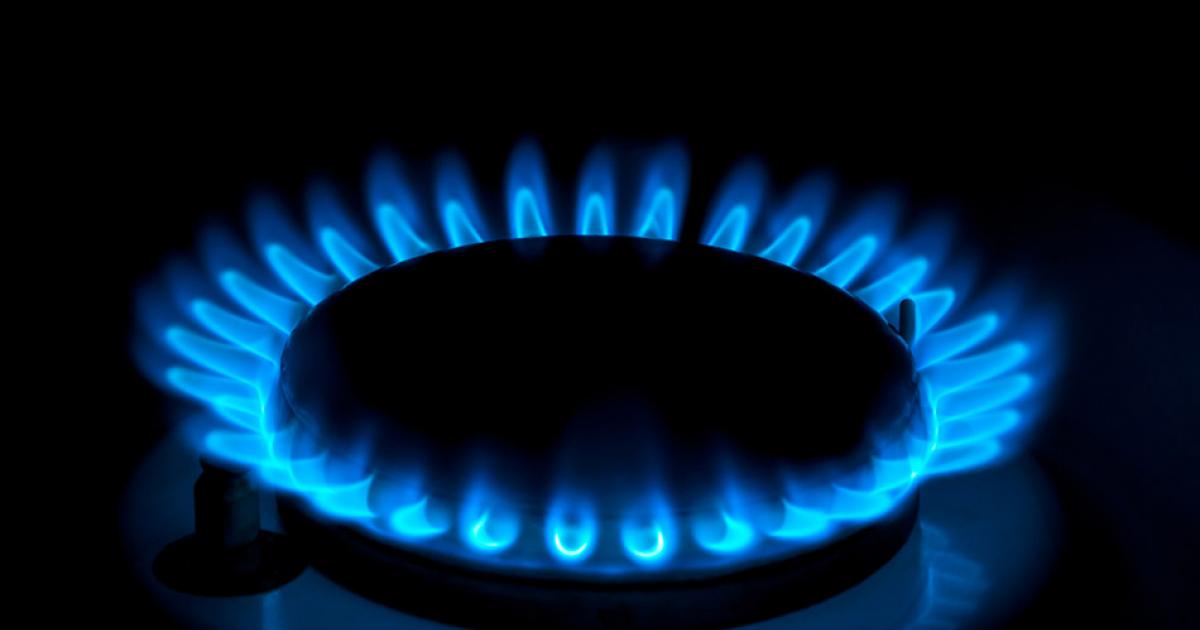Natural Gas Bans Expensive, and Would Impact Electric Grid Reliability
Credit to Author: Mary Hutzler| Date: Mon, 02 May 2022 04:11:00 +0000

Major cities including San Francisco, Seattle, Denver, and New York have either enacted or proposed measures to ban or discourage the use of natural gas in new homes and buildings, just a few years after Berkeley, California, passed the first such ban in 2019. In California, some 40 communities have implemented bans or restrictions on the use of natural gas, measures that have ignited a backlash from some of California’s prominent African-American and Latino leaders, who indicate that prohibitions on the fuel are a form of regressive tax on low- and middle-income residents.
Some 86% of homes in California use natural gas. Banning the direct use of the fuel for cooking, home heating, water heaters, and for appliances such as clothes dryers will force consumers to instead use more electricity—which, on an energy-equivalent basis, costs four times as much as natural gas.
COMMENTARY
This article is one of two posts in POWER’s Point-Counterpoint series. The views and opinions expressed within the content are those of the author(s) and do not necessarily reflect the views and opinions of POWER or any of its affiliates. To read the opposing viewpoint, please see: “Electrification is the Sustainable Choice, but the Transition is Not Just Technical.”
That ban would essentially result in a hidden energy tax and a massive burden on consumers in California, which, when accounting for the cost of living, has one of the highest poverty rates in the U.S. Including the cost of living in the equation brings the state’s poverty rate to 18.1%, meaning about 7 million of the state’s residents live in poverty. That’s nearly equivalent to the population of neighboring Arizona.

Further, the bans on natural gas are occurring at the same time that California’s electricity prices are increasing. Extreme weather, among other factors, has shown the state’s power grid to be unreliable. California electricity consumers have been impacted by rolling blackouts during heat waves, and power shutoffs due to wildfires that at times have been caused by older electrical equipment.
Blackouts Are Common
In fact, blackouts are so common in California that thousands of the state’s residents have bought small generators powered by fossil fuels to assure reliable power. The state also installed a handful of “temporary” natural gas–fired power plants to help with rising demand for electricity.
California’s residential electricity prices are already among the highest in the U.S., behind only a few states, including Hawaii and Alaska. In November 2021, the average cost of residential electricity in California reached 23.76 cents per kilowatt-hour (¢/kWh), which was 68% higher than the national average residential electricity price of 14.12¢/kWh.
Several factors will likely increase the cost of electricity for the state’s residents. The 2,256-MW Diablo Canyon nuclear plant is scheduled to be closed in a few years. The state has a goal to be carbon-free no later than 2045, which will push more measures supporting electrification. Bans on gasoline- and diesel-powered vehicles mean there will be demand for an enormous amount of electricity that will be needed to fuel several million new electric vehicles. It seems clear that California will suffer blackouts, and escalating energy prices, for years to come, a fate that could befall other states pushing electrification.
Replacing natural gas appliances with electric appliances is expensive. In California’s Central Valley, buyers of new homes would pay $250 more a year to operate an all-electric home—and that is before a planned 30% increase in electric rates over the next few years.
Higher Electricity Demand, Higher Costs
The move to electric appliances would also increase demand for electricity, which could result in more blackouts. More than 120 localities already have passed resolutions against the banning of natural gas.
The Consumer Energy Alliance (CEA) released a report, “The Hidden Costs of a Virginia Natural Gas Ban,” which indicates that a natural gas ban could cost every household in Virginia as much as $26,000, if the ban was forced onto families. The findings dovetail with previous research by the CEA, which found that the cost to replace just major gas appliances in homes nationwide would be more than $258 billion. The report also found that attempts to “electrify everything” would require a massive infrastructure buildout of more than $100 billion in the state.
With one in three Virginia households using natural gas for home heating, banning natural gas would be financially devastating to families. A recent CNBC survey found that only 41% of Americans had enough savings to cover a $1,000 emergency, much less than the amount needed to cover the costs for a natural gas ban.
A ban on natural gas would also disproportionately harm the 9.9% of Virginians who live at or below the poverty level, along with those on fixed incomes, and businesses still recovering from the economic hardships of COVID-19. A study by the Dragas Center for Economic Analysis and Policy at Old Dominion University in Virginia reported that some 75% of the state’s businesses were negatively impacted during the first several months of the pandemic in 2020.
Whether in California, Virginia, or elsewhere, banning the use of natural gas for heating, cooling, and for use by appliances means energy bills will inevitably increase.
—Mary Hutzler is a distinguished Senior Fellow at the Institute for Energy Research. She spent more than 25 years with the U.S. Energy Information Administration, where she specialized in data collection, analysis, and forecasting, and for a time served as the agency’s acting administrator.
The post Natural Gas Bans Expensive, and Would Impact Electric Grid Reliability appeared first on POWER Magazine.